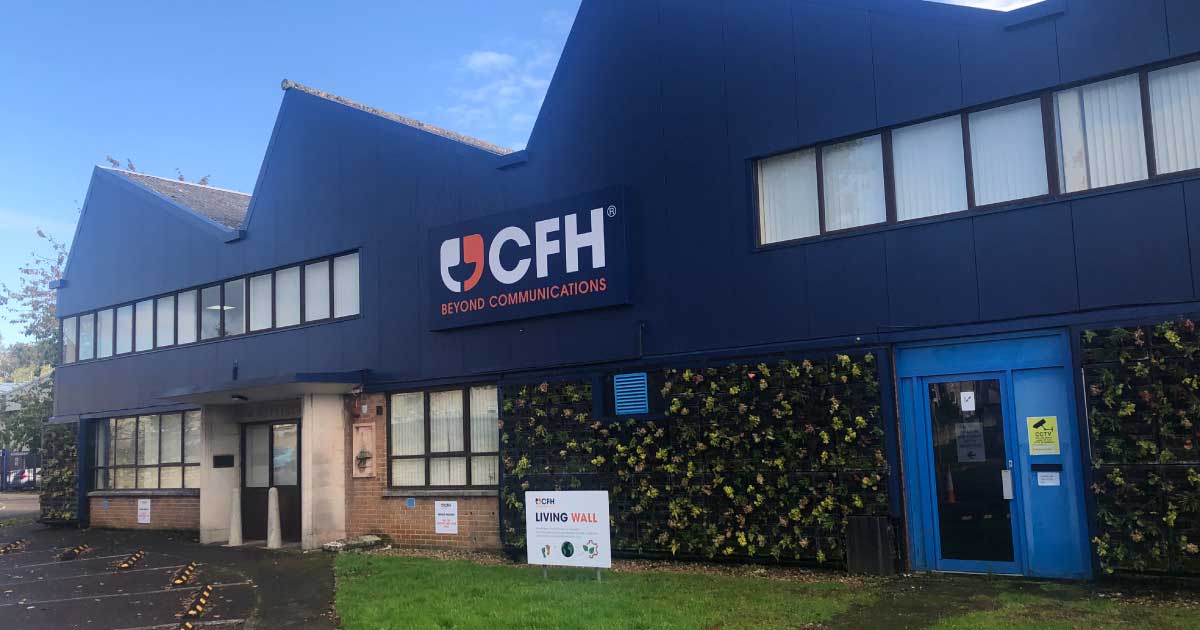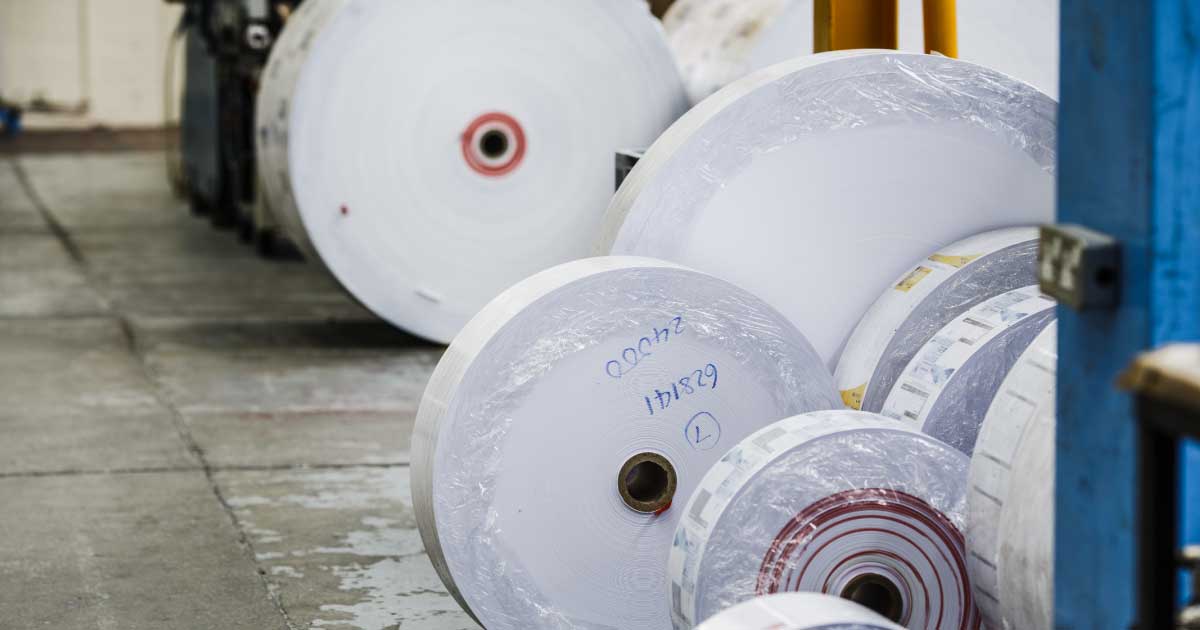It was predicted a long time ago that the use of paper to communicate would have ceased by today. Given a bad name for it’s believed impact on the environment, using paper products to communicate was condemned to oblivion, with online communications expected to take the forefront, being more environmentally friendly. However, this hasn’t been the case and paper has managed to hold its own, proving itself reliable and effective as a communication tool.
The big communication debate now focuses on which form of communication, paper or online, is better for the environment.
Consumers are becoming increasingly informed and what influences their purchasing decisions has changed. Now, when it comes to buying, it’s not just about price, it’s about companies sourcing sustainable products and services that are supported by ethical organisations that are customer-centric and have relatable values at their core, like sustainability.
Whilst customers are seen to be making informed decisions, it is not surprising that there are still many misunderstandings and questions surrounding the broad subject of sustainability. These misconceptions include that sustainability focuses on recycling only, it’s more expensive to be sustainable and that sustainability means lowering our standard of living.
A Two-sides study (2021) highlighted just how misled we can be about the topic of the sustainability of paper. The study showed that consumers still believed forests are decreasing in size, with 59% of UK consumers believing that European forests were shrinking at an alarming rate. However, between 2005 and 2020, European forests actually grew by an impressive 58,390km2 – an area larger than Switzerland or equivalent to 1,500 football pitches every day, due to a series of innovative schemes and sustainability values in place that organisations are now working towards.
The official definition of sustainability is ‘the avoidance of the depletion of natural resources in order to maintain an ecological balance’ (Google, 2021). At its core, sustainability is all about ensuring that everything we do now will enable us to exist in the future. It’s about bettering ourselves, being innovative, improving how we’re using resources and being informed on how we can work towards a more sustainable future. Sustainability is all about meeting our own needs without compromising the ability of future generations to meet their own needs.
Many people believe that paper is unsustainable, that it’s resulting in too many trees being cut down and a loss in Co2 causing damaging effects on the environments we live in but is this really the case?
As previously mentioned, European forests are actually growing in size and many paper resources are now made from recycled paper materials including cardboard, paper cups and even recycled paper is being created from used paper.
There are also various paper industry standards, designed to ensure that paper products have come from a sustainable forest source. These schemes include the Forest Stewardship Council® FSC® certified (FSC®C006025) certification.
Products made with wood and paper from FSC forests are marked with their ‘tick tree’ logo. When you see this logo, you can be confident that the world’s forests were not harmed in their creation.
This certification is recognised across the globe by both organisations and consumers and is becoming an increasing factor in the decision-making process of many consumers as they seek to partner with organisations that work towards decreasing their impact on our environments and working towards a better future.
You can find out more about the FSC here.
In reality, paper is one of the few truly sustainable products. Paper is a wood-based product, a natural and renewable material. We can continue to plant trees in order to create more wood for paper and it is unlikely that this will ever not be the case.
Improvements in technology have led to the general idea that electronic forms of communication, such as text, email, social media and online platforms, are more environmentally friendly than paper forms of communication with a 2021 Two Sides study, found that 66% of consumers surveyed thought that electronic communication is more environmentally friendly than paper communication.
However, research shows that paper and print products are actually among the lowest greenhouse gas emitters at 0.8% whereas the ICT industry accounts for 2.5-3% of global greenhouse gas emissions and this is predicted to rise to 14% by 2040 (Two Sides, 2021)- due to the energy resources required.
Whilst electronic communications are vital to many businesses (even ours), this factor is now being considered by organisations across the world when utilising different forms of electronic communications and transactions, with many opting only for the ones they really need.
Earlier this year, Tesla Chief, Elon Musk, voiced his concerns about the environmental impact caused by the rapid growth of the bitcoin industry. He announced: “We are concerned about rapidly increasing use of fossil fuels for Bitcoin mining and transactions, especially coal, which has the worst emissions of any fuel. Cryptocurrency is a good idea on many levels and we believe it has a promising future, but this cannot come at great cost to the environment” (Autocar, 2021). This is just one example of how businesses are reconsidering their use of electronic communication and transactions and only seeking to use the methods they really require.
In essence, electronic forms of communication do have an impact on the environment and in reality, neither paper nor electronic communications are exempt. What matters most is that all organisations work towards decreasing their impact on the environment and creating a more sustainable future.
Greenwashing is the behaviour or activities of a company that deceive people into believing that their products, aims and policies are environmentally friendly when in reality they are not. Many of us have experienced companies saying ‘move to digital bills and statements to protect the environment’. A statement like this ignores the environmental impact of digital communications and falsely leads people to believe that digital is better for the environment than paper.
Two-sides launched an anti-greenwashing campaign to tackle this issue and in the process have challenged over 750 global organisations, primarily service providers like banks, utilities and telecoms, that have subjected their customers to repeated greenwashing messaging which is damaging to the printing industry.
The misconceptions that greenwashing holds over the print industry is just another element to add to the print vs digital debate that isn’t being reported on fairly. 38% of UK consumers disbelieve environmental messaging about moving to digital communications, but this leaves 62% of people thinking otherwise, which is a large proportion of people who are falsely informed.
Greenwashing is a serious danger for the print industry which, if left unchallenged, threatens the loss of £22.4 million of value annually for the paper, print and mailing industry in the UK.
Two Sides 2021
When you really dig deep, all forms of communication leave a carbon footprint, so what truly matters is that companies are actively working hard to ensure they’re protecting the environment and reducing their carbon footprint wherever possible.
Research completed by IBM in 2020 showed that nearly 80% of respondents indicate sustainability is an important factor to them and over 70% would pay an average premium of 35%, for brands that are sustainable and environmentally responsible. Highlighting just how important sustainability is, and will continue to be going forwards.
It’s becoming increasingly common that consumers to purchase from ethical companies that work towards sustainable business practices who are aware of their impact on the environment and are actively working towards managing this. It’s likely that companies who don’t do this will fall behind.
Consumers should be able to choose the most effective communication for themselves and also the environment- perhaps with the perfect balance of online and printed communication.
It comes down to choice, balance and transparency.
To find out more about how CFH Docmail has used a blend of online and printed communications to improve business outcomes and generate results please visit our case studies page.







